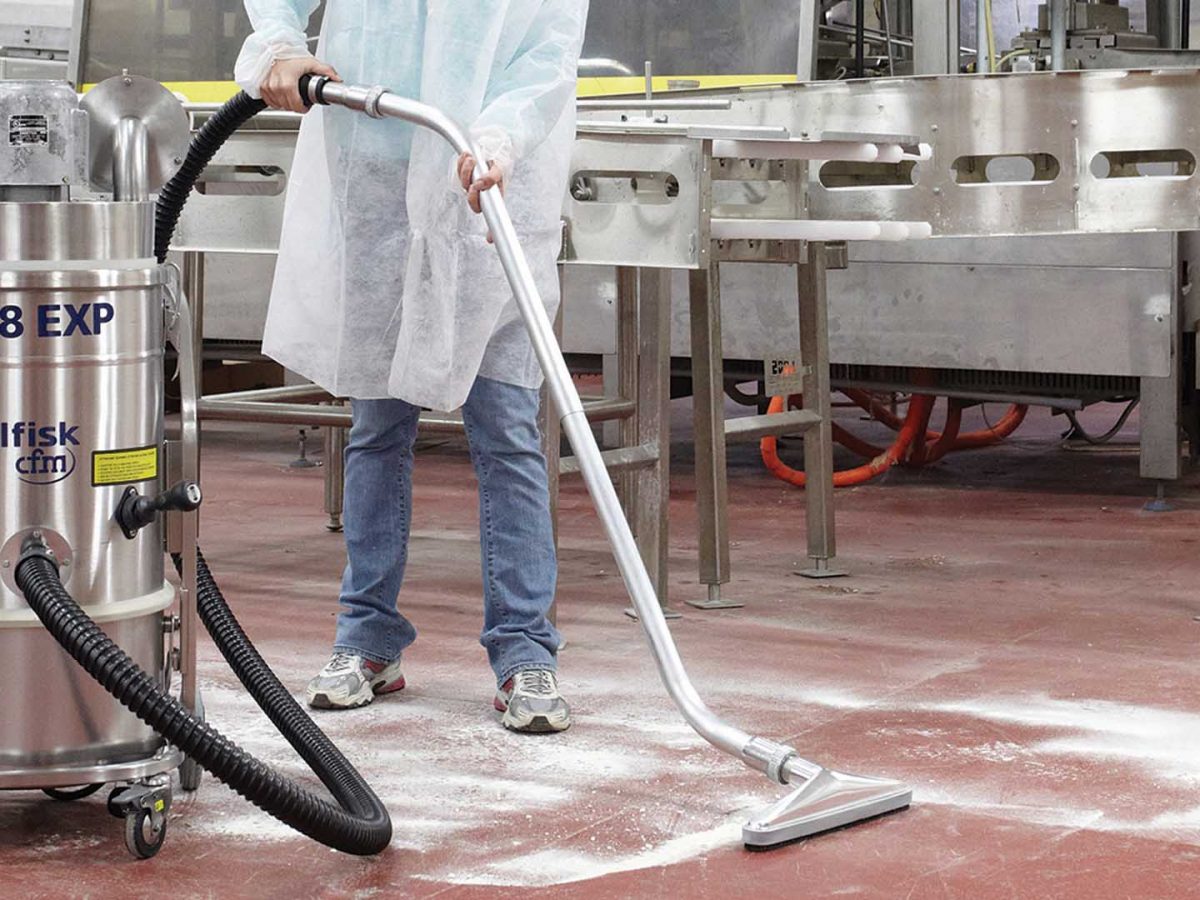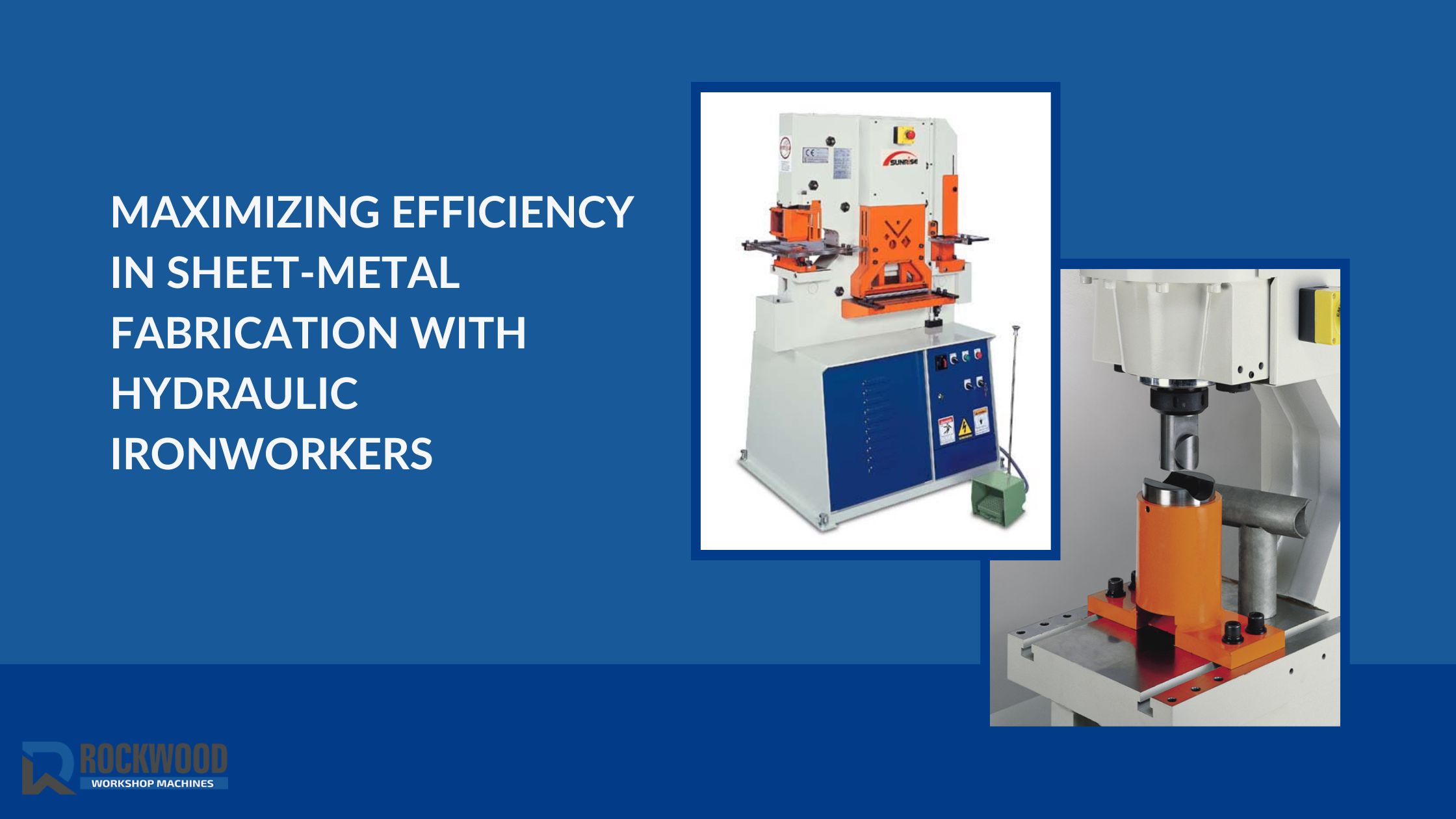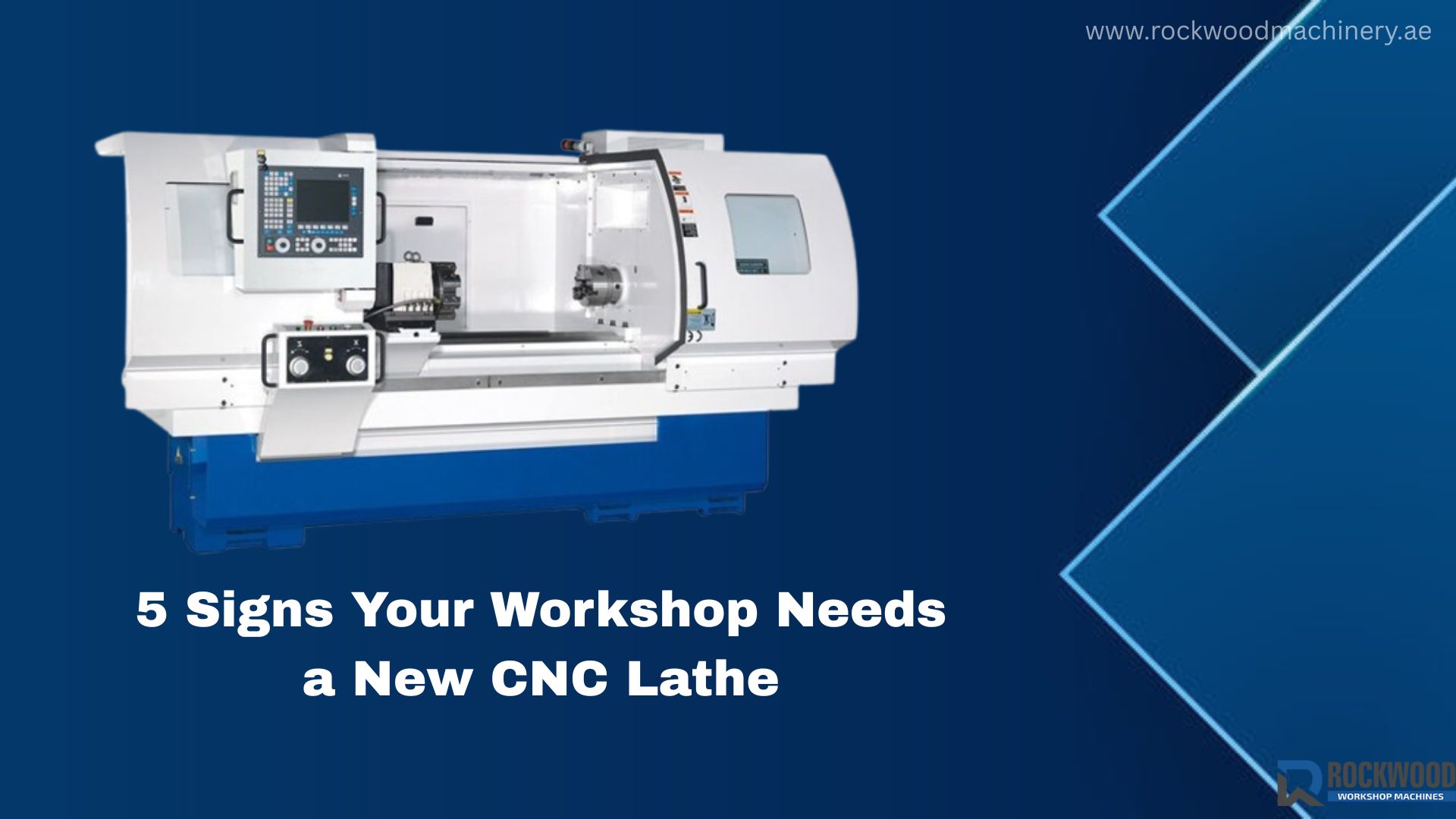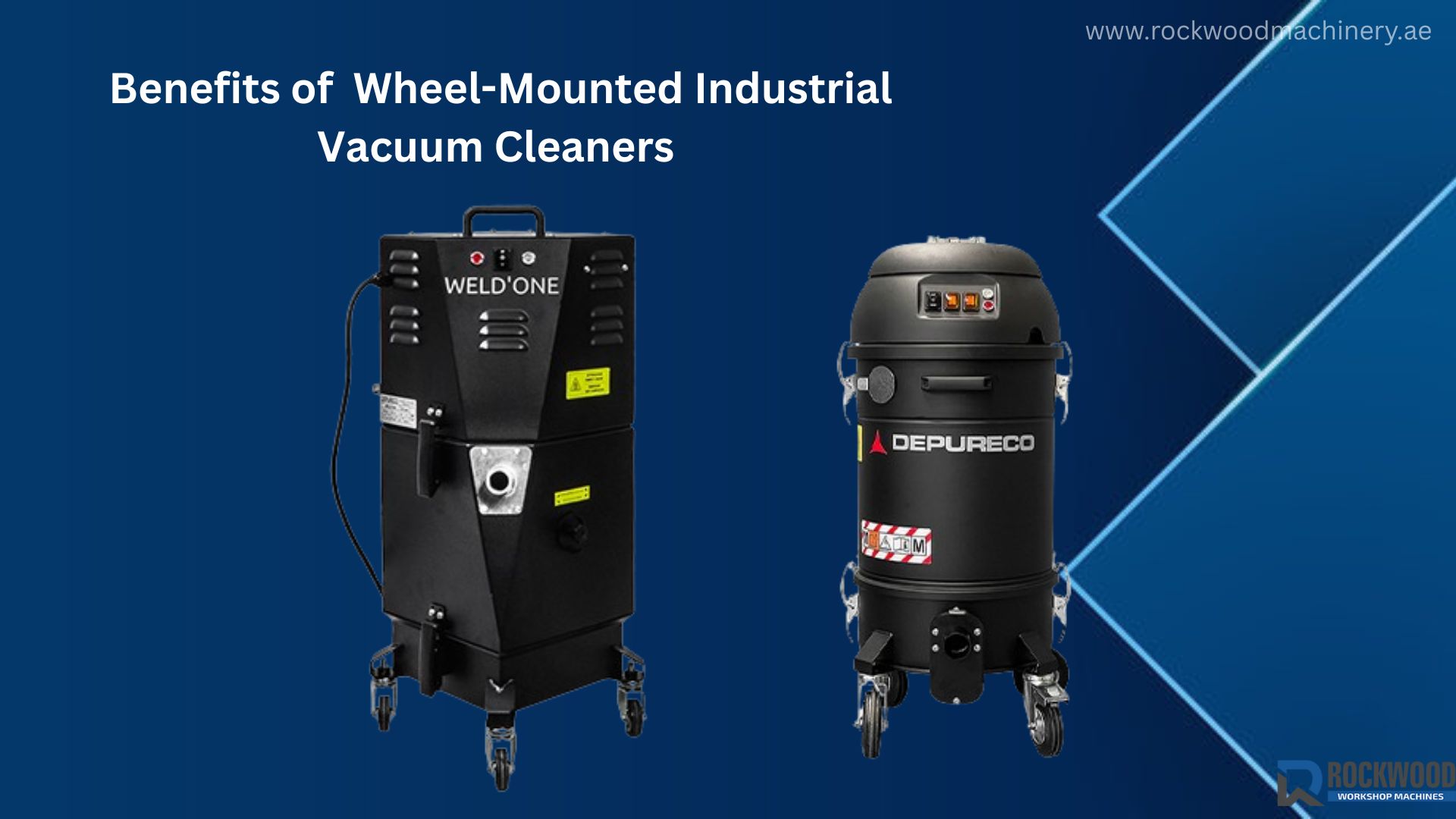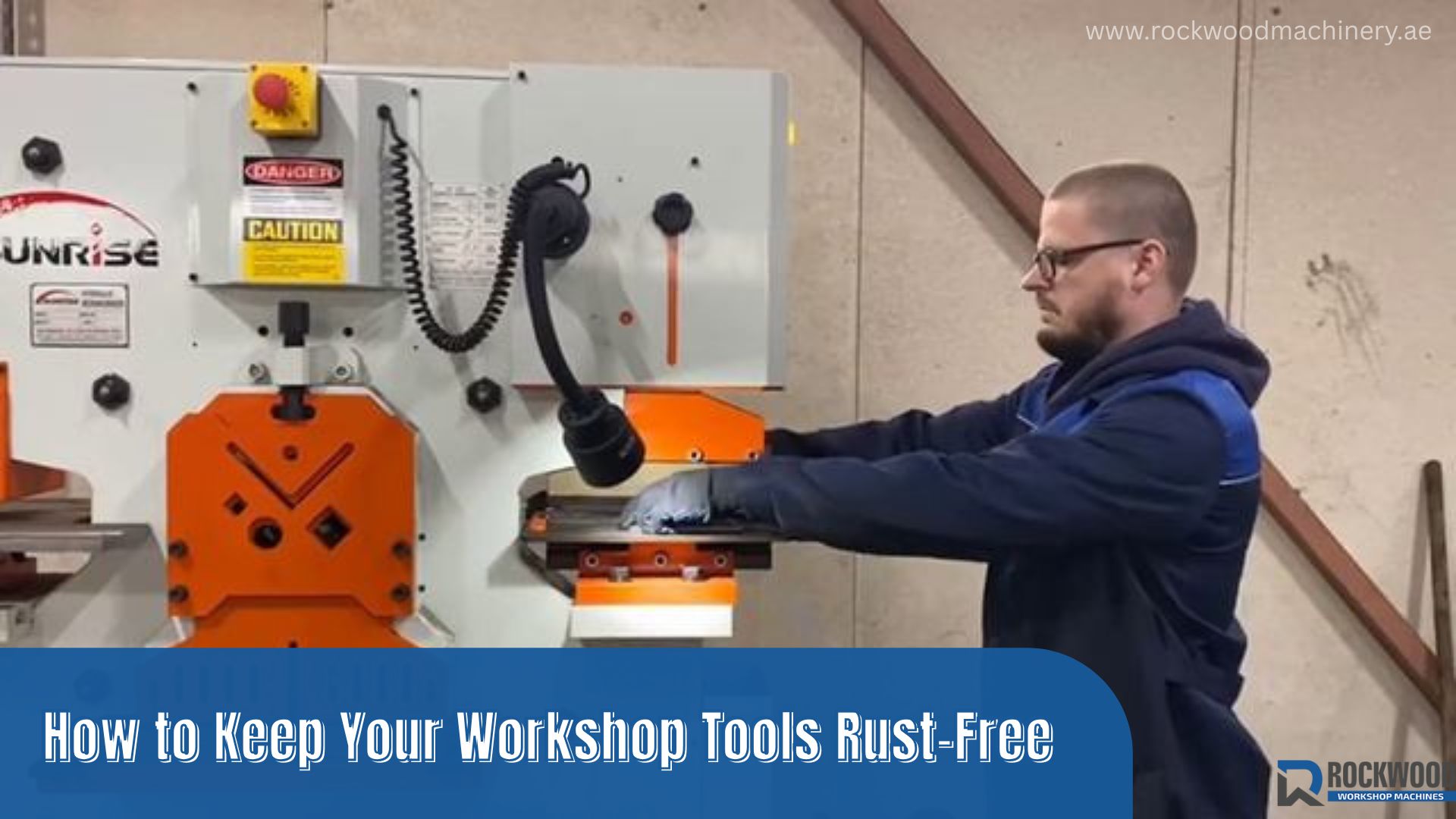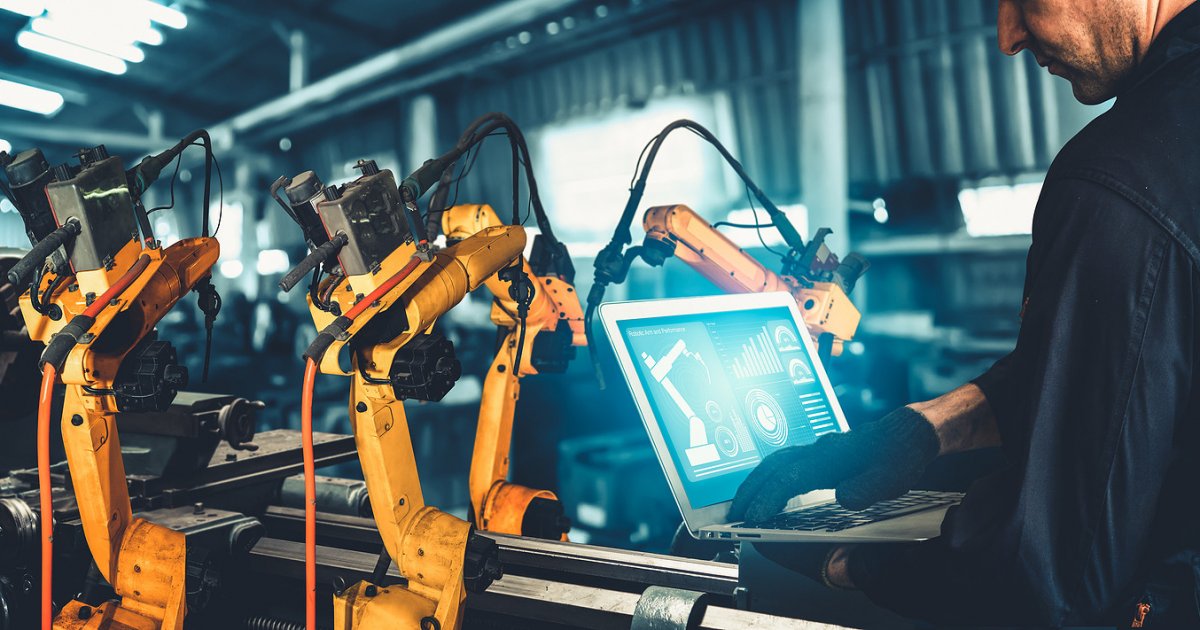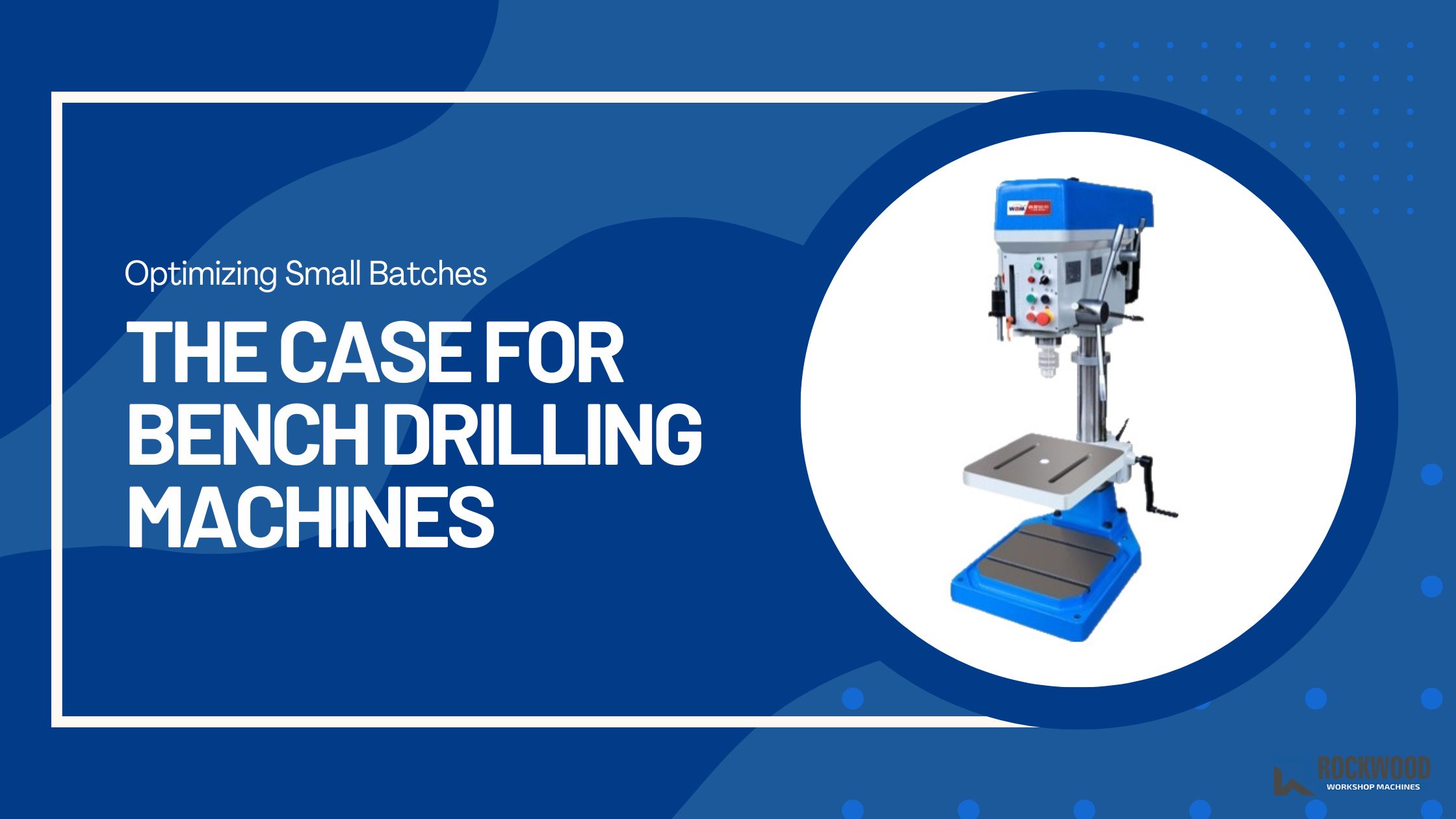Top 5 Trends Shaping the Future of Industrial Vacuum Cleaners
As the industrial landscape continues to change, so does the need for more efficient, powerful, sustainable cleaning solutions. Where industrial vacuum cleaners were once just simple machines built for heavy-duty cleaning, they are now becoming advanced technology that plays an integral role in maintaining operational efficiency and workplace safety. As an industrial equipment supplier, keeping on top of these trends is critical to the future of a diverse range of industries that it serves, from manufacturing to pharmaceuticals. The top five trends for industrial vacuum cleaners are:
1. Automation and Smart Technology Integration
The implementation of automation and smart technology features in industrial vacuum cleaners is one of the important innovations. Modern units are hooked up to IoT, so you can monitor them in real-time, collect data, and control them remotely. These smart vacuums can track their performances, solicit operator intervention if maintenance is required, and program themselves to achieve optimal operation according to the cleaning environment.

Predictive maintenance technology, for instance, reduces downtime by identifying problems that could potentially be serious before they actually become critical. Cleaning robots may also be programmed to clean certain areas at certain times to further lessen the amount of human intervention required and to increase the overall efficiency of the cleaning process. A growing demand for intelligent cleaning solutions will progress as industries move toward smart factories.
2. Energy Efficiency and Sustainability
With heightened environmental regulations and international momentum toward sustainability, energy-efficient industrial vacuum cleaners have become more widely accepted. Manufacturers are dedicating efforts to creating machines that operate with the highest possible energy efficiency and the lowest possible power draw. Such machines may now include features like variable speed motors and energy recovery systems to keep power levels low.
Increasingly, these machines are being made from sustainable materials. They are designing filters and other consumables for longer lives, thus cutting down both waste and operational costs. As companies strive to lower their carbon footprints, sustainable vacuum solutions have become a vital part of their environmental plans.
3. Enhanced Filtration Systems for Health and Safety
It is necessary to maintain a clean environment which is free of contamination, in the development of pharmaceutical industries, processed foods, and electronics. New advanced filtration systems, being invented, lay the future of industrial vacuum cleaners, carrying on controlling even the smallest dust particles, harmful dust, and allergens.
HEPA (High-Efficiency Particulate Air) filters have become standard in many industrial vacuum designs, ensuring that no harmful particles are allowed to escape back into the surrounding environment. There are now vacuum cleaners that are being developed for combustible dust applications. These are to their specifications for the avoidance of a worst-case workplace explosion and fire. As occupational health and safety regulations become ever-stricter, the vacuum cleaners that can provide their superior filtration are bound to continue expanding in demand.
4. Customization and Industry-Specific Solutions
The so-called “one-size-fits-all” concept is beginning to be rendered obsolete when it comes to the industrial vacuum cleaner market. Design solutions are now tailor-made to address an end user requirement. With the use of specialized equipment to meet the criteria of hazardous materials handling, extreme condition operation, or industry-specific compliance regulations, manufacturers will offer even more specialized equipment.
The pharmaceutical industry requires vacuums that keep cross-contamination at bay, while the construction sector needs robust machines capable of handling heavy debris and dust. The move toward customization makes industrial vacuum cleaners more than just a piece of equipment; they become an essential element of the operational workflow of a company. Providing some of those customized solutions can help you as an industrial equipment supplier with a competitive edge among your peers.
5. Compact and Ergonomic Designs
The design of industrial vacuum cleaners is now guided increasingly by the demand for space efficiency combined with operator comfort. There is a trend for small machines that provide high power, especially in those places where space is limited. Features such as adjustable handles, light constructions, and wheels that are easy to maneuver are now receiving extra attention to reduce fatigue and enhance productivity.
Furthermore, the designs are modular, facilitating maintenance and upgrades. This added flexibility for both equipment usage and lifespan enables the suite to evolve in accordance with the changing face of industrial needs. Staying the path towards more compact and user-friendly vacuum cleaners will stay the focus given the dynamics of workplace ergonomics and efficiency.
Technological advancements, environmental considerations, and demands for custom solutions are molding the future of industrial vacuum cleaners. These help in the evolution of this vital equipment, with all sorts of automation, energy efficiency, advanced filtration, industry-specific designs, and ergonomic innovations. It will therefore be prudent for industrial equipment suppliers and businesses alike to ensure that they are abreast of these trends so as to maintain an edge in an ever-changing landscape.
As industries emphasize corporate efficiency, sustainability, and workplace safety, the requirement for technologically upgraded industrial vacuum cleaners will continue to grow. With these trends, organizations can arm themselves adequately to handle the challenges ahead in the industrial domain. For the operators in the UAE, Rockwood Workshop Machines is known as the trusted industrial equipment supplier which provides a variety of advanced vacuum solutions tailored according to your industry needs.
To read more, click here: Lathe Machines vs Milling Machines: Which One is Better for Your Metalworking Needs?

